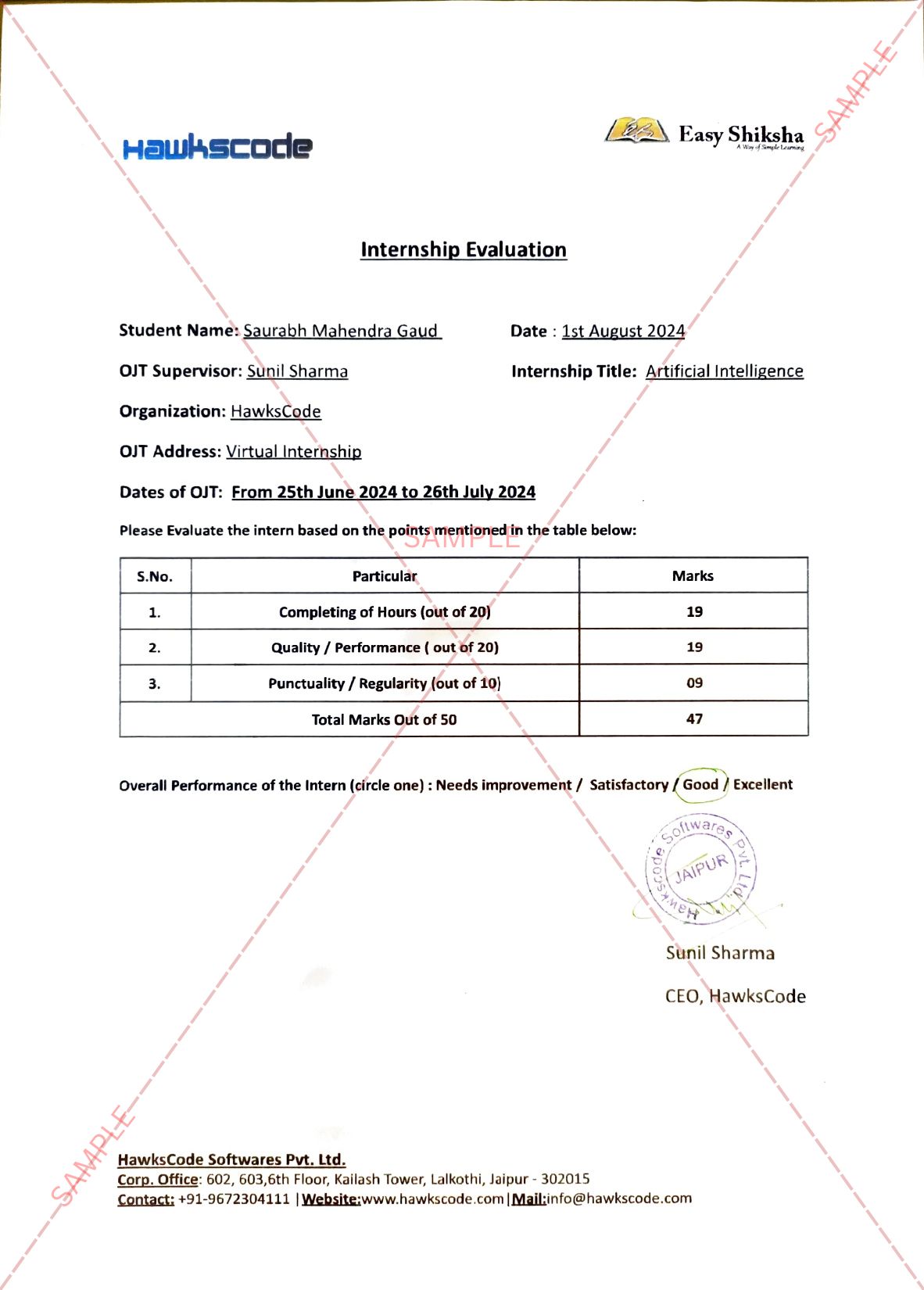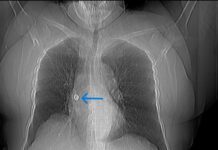Awareness and information about any disease is the biggest tool that we have in recent times to fight against any disease be it something as major as cancer. Cancer has continued to terrify people across the globe just by its name. Cancer has many forms to it, one of which is the cervical cancer which is a malignant tumor of the cervix (the lowermost part of the uterus). Cervical cancer is one of the most common cancer that exists among women in developing countries. While different cancers have different and multiple risk factors, some are more likely to affect than others. Some such risk factors that enhance the chance of developing cervical cancer are early age marriage or sexual activity at an early age, long use of contraceptives, smoking and being overweight. Women without some of these major risk factors, generally do not develop cancer but it is still complicated to figure out a particular reason for the occurrence.
-

Online Internship with Certification
Important Announcement – EasyShiksha has now started Online Internship Program “Ab India Sikhega Ghar Se”

How EasyShiksha Internship/Training Program Works
Top Courses in Computer Science Engineering Top Courses in Virtual Reality
Loading...
Smoking
Cigarette smoking has been found to triple the risk of cervical cancer. Even though HPV is the primary cause of cervical cancer, cigarette smoking is considered a co-factor, which means that certain types of HPV and cancer-causing chemicals related to smoking tend to work together to increase your chances of developing cancer.
-
Top Courses in Computer Science Engineering Top Courses in Software Engineering
Loading...More Courses With Certification
If the woman already has HPV, the risk of developing cervical cancer can be reduced by quitting smoking and by staying away from people who smoke.
When someone smokes, the cancer-causing harmful substances are absorbed through the lungs and carried in the bloodstream throughout the body. Tobacco by-products have also been discovered in the cervical mucus of women who smoke. Researchers believe that these substances cripple the DNA of cervix cells, contributing to the development of cervical cancer.
A study found that the women who were exposed to three or more hours of smoke in a day were about three times more likely to develop the risk of cervical cancer and those who were smokers were found to have 3.4 times the risk of cervical cancer.
Research has indicated tobacco smoke combined with HPV to be a likely a cervical cancer cause because:
- Smoking tends to prevent the body’s immune system from effectively fighting HPV
- Carcinogens that are released from smoking increase the effect of HPV infection in cervical cells
- Carcinogens from smoking are likely to move the cancer-growing genetic code more rapidly from the virus to cervical cells, especially with the strains of HPV
- Smoking has also been suggestive of helping HPV-16 grow faster – possibly by slowing helpful immune responses
- Smoking makes the immune system less effective in fighting HPV infections
- Smoking also makes the treatment of abnormal cells on your cervix more difficult
Being overweight
Being obese or overweight has been associated with an overall increased risk of many types of cancer and cervical cancer is one among them. Excess body weight is considered a known carcinogen and is a growing concern.
- Overweight women are also more susceptible to develop adenocarcinoma of the cervix.
- Obese women also hold a higher risk of cervical cancer which is likely due to under-diagnosis of cervical pre-cancer
- Imaging and screening of obese patients has been reported to be difficult too which in itself is a risk factor
- Excessive fat increases levels of estrogen, leading to the development of cervical cancer
- Excess body weight also tends to affect cancer risk through several mechanisms, some of which are specific to certain cancer types like immune system function, inflammation, levels of certain hormones, factors that regulate cell growth and proteins that influence how the body uses certain hormones.
With time there has been a significant advancement in understanding what happens in the cervix cells when cancer develops and additionally, some of the above-mentioned risk factors have been identified. Regular cervical screening, which is available for women between the ages of 25 and 65 years is essential to recognize any abnormal cell changes in the cervix as these changes should not be left untreated.
Top Courses in Networking
More Courses With Certification
Empower your team. Lead the industry
Get a subscription to a library of online courses and digital learning tools for your organization with EasyShiksha
Request NowALSO READ: Dps-rajnagar-extension-organized-book-fair-for-three-days
Get Course: Introduction-to-Cell-Structure-and-Function


































































































